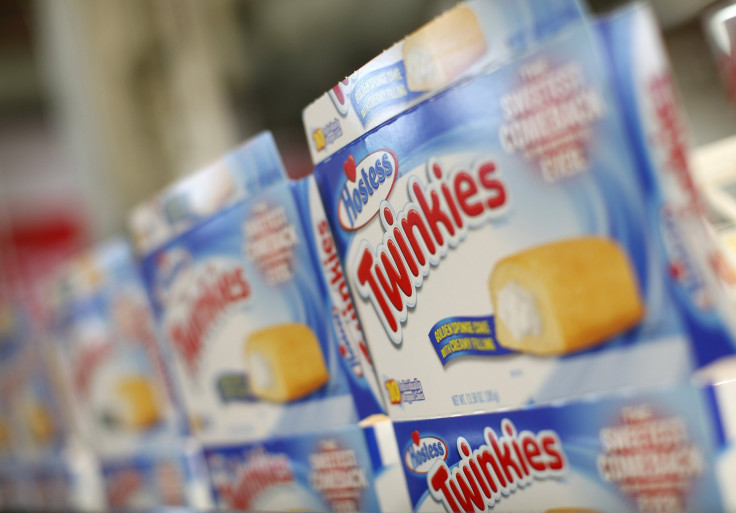Just How Bad Will New Twinkies Cereal Be for You?
The new Twinkies cereal is just as inappropriate for breakfast as its spongecake predecessor.
A new Twinkies cereal hit supermarket shelves all over the country this month. The immortal snack cake has been turned into a breakfast treat and will, in theory, be the first thing millions of Americans eat in the morning.
Whether this cereal achieves the same status of cultural treasure (and guilty pleasure) of its spongy, yellow forebearer, or goes the way of Pop Tarts Crunch, it’s best to know what you’re getting into before you start shoveling it into your mouth by the milky spoonful.
Here are some key nutritional takeaways that may (but probably won’t) give you breakfast-time pause:
Don’t Sugarcoat It

A cup of this morning mealtime monstrosity contains 180 calories and 16 grams of sugar. “The first ingredient of Twinkies Cereal is dextrose, which is sugar made from corn, and the second ingredient is just sugar, so you’re eating cereal that’s made up of more sugar than flour,” said Dr. Dyan Hes, medical director of Gramercy Pediatrics in New York City and director of the American Board of Obesity Medicine. Most children consume 1.5 to two cups of cereal during breakfast.
The Skinny on the Fat
One cup of Twinkies cereal contains seven grams of fat, six of which are from saturated fat. To put in perspective, the Twinkies snack cake, which we can all pretty much agree will be tastier, contains nine grams of total fat, 4.5 of which are saturated fat. Why not just eat an ACTUAL Twinkie?
Is There Any Upside at the Bottom of the Bowl?
Twinkies cereal is surprisingly rich in vitamins and minerals. A cup contains 25 percent of the recommended amount of iron, 60 percent of the recommended amount of thiamin, and 10 percent of the recommended amounts of niacin, vitamin B6, and zinc. Most experts agree, however, that there is no nutritional benefit to choosing Twinkies cereal over… well… Twinkies. Breakfast, anyone?
© Copyright IBTimes 2024. All rights reserved.





















